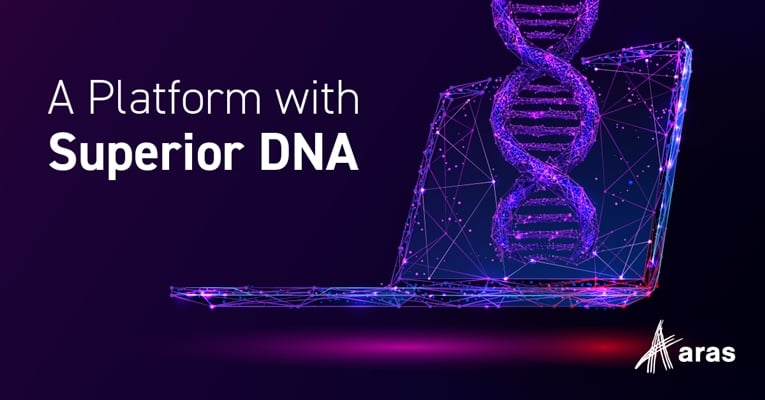Received a DNA kit as a gift. Filled the test tube to the required line, capped it and sent it off for analysis. A couple of weeks later the interesting, mixed results came back. A two-page list of diseases that I might have the variant for or where the variant for a disease was not found. Lots of good news here—"variant not found” in 98% of the diseases and “not likely at risk for two,” and only “slightly increased risk” for one. I don’t have to worry anymore about Phenylketonuria and related disorders or Congenital Disorder of Glycosylation. More good news I have muscle composition “common in elite power athletes,” but bad news, my ancestry composition, maternal and fraternal haplogroups, and Neanderthal ancestry preclude me from becoming an NBA star soon. All told, the results gave me insights into my health, origins, and some information to go forward with. The test showed the origins and strengths/weaknesses underlying the architecture of my DNA.
In this same vein, what do the DNA variants of your PLM system tell you about your abilities to transform your business, innovate, and prepare for the future? What does their DNA profile enable or prohibit you from becoming?
Most of today’s PLM systems have CAD ancestry. Their systems developed from drawing board methodologies, into 2D CAD, to 3D CAD, to 3x CAD. At some point they realized they were gathering a lot of data, so they morphed into PDM systems. Finally, in an attempt to capture more of the enterprise engineering dollar, they began acquiring other random technologies and labeled themselves PLM systems. One of the major players has built their system on a Rube Goldberg combination of 18 acquisitions. Bolt on a few capabilities here, weld on a new technology here, scab on an interface there, and soon you declare you are PLM. Their DNA does allow them to describe very completely product geometry, materials data, assemblies and configurations, for example, but it does not enable it to react quickly to change, customization is difficult and expensive; they do not have the “flexible variant,” critical for today’s rapidly changing and complex world.
They do, however, have the variant of “lock your data,” as each of the technologies bolted onto the CAD body look at your data in a different way, do not easily share, and do not participate in a holistic view of the entire manufacturing lifecycle. Thus, many processes occur outside of the PLM ecosystem in the land of spreadsheets, shared drives, and email. This is amplified by the sales variant of “I’ve got your data and want to sell you more.” Clearly the underlying structure of their DNA poses problems for organizations attempting digital transformation.
Aras Innovator, on the other hand, is different. It was conceived from the beginning to be an open, scalable, flexible, upgradeable, secure enterprise data management platform, creating an actionable authoritative knowledge foundation for enterprise wide processes. Its DNA allows it to be scalable across the enterprise vs. do a great job of describing a widget. Its low code architecture invites and readily accepts customization vs. the “do it our way” variant of traditional systems. When it comes time to upgrade their combination of “lock your data” and “I’ve got your data and want to sell you more,” it proves too expensive for most companies, so they remain two or three releases in arrears. Upgrades at Aras are free for subscribers and include all of your modifications and customizations and, best of all, Aras does the upgrades for you.
Aras Innovator, a PLM system with superior DNA.

